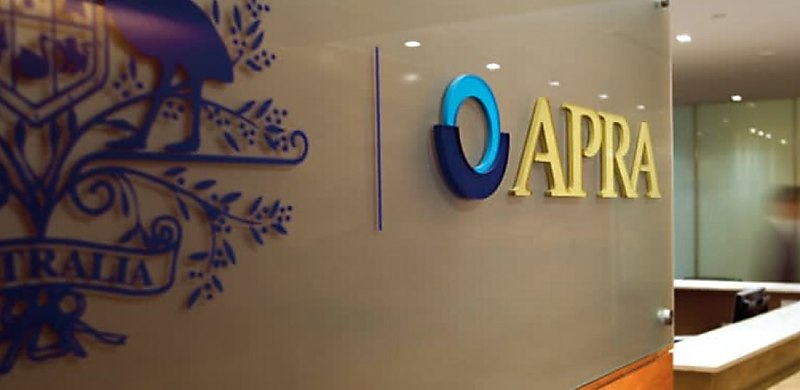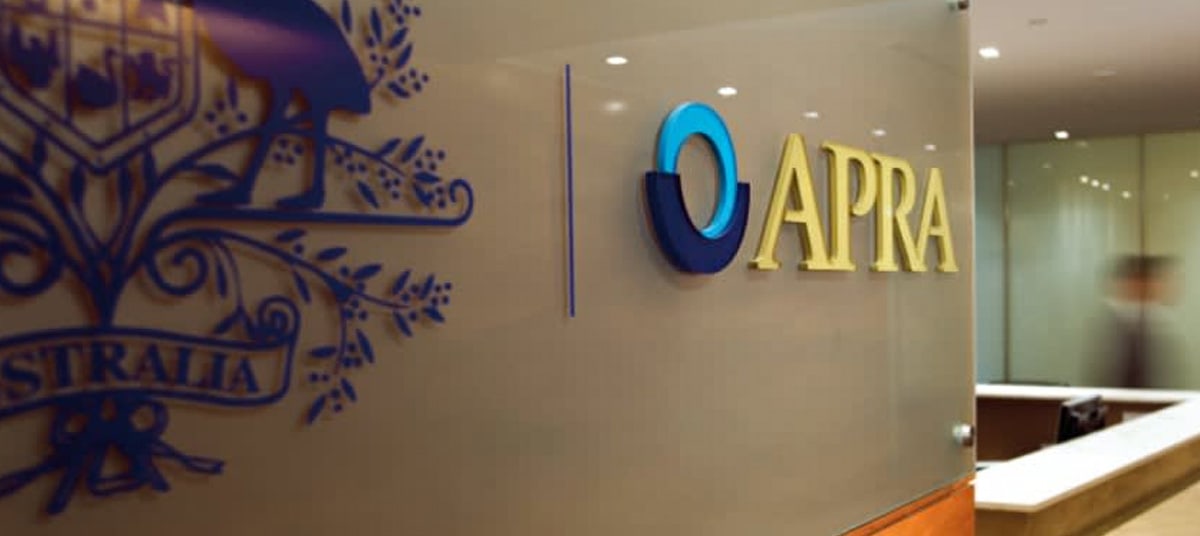
After a review, the regulator will leave the mortgage serviceability buffer unchanged.
The Australian Prudential Regulation Authority (APRA) has announced it will leave the mortgage serviceability buffer unchanged at 3 percentage points, following a review into domestic and international financial risks.
The regulator will keep its macroprudential policy settings steady, including the countercyclical capital buffer, which will remain at its default level of 1 per cent of risk-weighted assets.
In deciding to keep settings on hold, APRA said it took into account high levels of household debt and above-average total credit growth, which it expects to rise further as interest rates decline.
APRA flagged that lower inflation and interest rates had eased financial pressures on borrowers, labour market conditions remain tight, bank lending standards remain sound, and non-performing loans remain low.
However, the risk of economic shocks from the “uncertain geopolitical environment is elevated”, the watchdog added.
APRA chair John Lonsdale noted that the current level of the serviceability buffer has not been restrictive on new credit to the household sector.
“Over recent months, we have seen credit continuing to flow to different borrower segments, including to first-home buyers. Declines in inflation and interest rates have eased financial pressures on borrowers and increased borrowing capacity for new borrowers, and lending standards remain sound,” Lonsdale said.
“Looking ahead, however, should interest rates fall significantly further while labour markets remain robust, that has historically led to higher credit growth and leverage, higher house prices and often more risky lending, such as high debt-to-income and investor lending.
“The potential for a recurrence of these trends is something both APRA and the Council of Financial Regulators are carefully monitoring. High household debt is a key vulnerability in our financial system, which has more exposure to residential mortgages than any comparable country.”
Lonsdale said that APRA would shortly begin “engaging with regulated entities on implementation aspects of different macroprudential tools to manage lending risks”.
He continued: “As well as the serviceability buffer, these tools include limits on new high debt-to-income lending, or limits on new investor or interest-only loans.”
Looking ahead, Lonsdale finished: “Although lending standards are currently sound, it’s important to be forward-looking and prepared for potential risks at future points in the financial cycle. In 2022, APRA updated its prudential standard on credit risk to require banks to be pre-positioned to implement a range of credit-based macroprudential measures, if needed, to address risks to financial stability.”
The home loan serviceability buffer has long been an area that some brokers have called for reforms to.
Although the Labor Party did not vow to reform the buffer as part of its election promises, in February, the party instructed regulators to update their guidance regarding the way student debt was treated by lenders in an effort to boost serviceability.
Last year, the Senate economics references committee also called for APRA to reduce the serviceability buffer for first home buyers in its final report from the inquiry into Australia’s financial regulatory framework and home ownership.
Both the Finance Brokers Association of Australia (FBAA) and the Mortgage & Finance Association of Australia (MFAA) have long campaigned for a buffer reduction.
In April, the FBAA claimed that reducing the home loan serviceability buffer by 0.5 per cent could boost total borrowing capacity by $276 billion.
[Related: Lowering buffer could unlock $276bn: FBAA]

